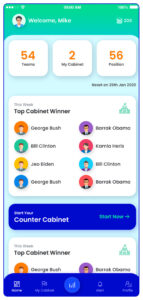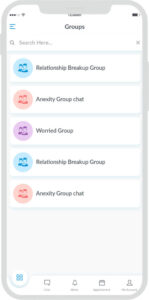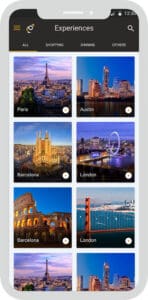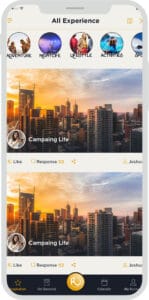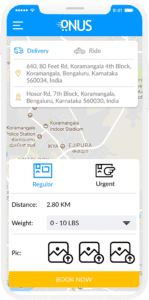We, at Roars Technologies, are dedicated to providing exceptional UX/UI services to startups and businesses who want to make a difference in their industry and connect to their customers in a better way. Let’s talk and find out how we can build you a phenomenal UX for your product in just 30 days.
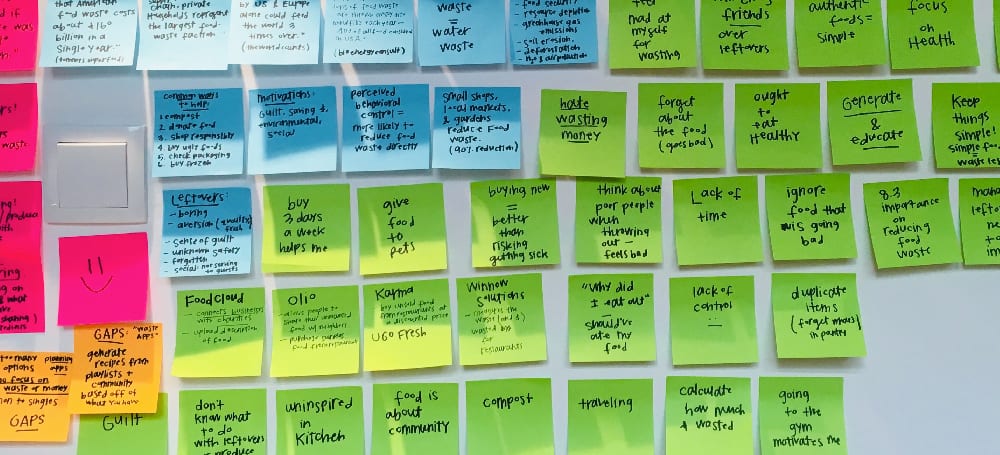

Designing native mobile app or bespoke app experiences
Creating a great user experience for mobile users is a critical factor in the success of modern apps.
Whether you are designing a native or bespoke app experience, the design process is a complex undertaking that requires careful consideration and planning. In this blog post, we will discuss the pros and cons of designing native or bespoke app experiences, as well as the key factors to consider when making this decision.
Native mobile app experiences are designed to work on specific platforms such as iOS or Android. This means that they are usually created using platform-specific tools and languages such as Swift or Java. Native apps often have access to the device’s hardware features and can take advantage of the built-in features of the device, such as the camera or GPS.
Bespoke app experiences, on the other hand, are created with more general languages and frameworks that can be used across multiple platforms. They can be more flexible, since they can be modified for different platforms and
1. Benefits of a native app experience
One of the key benefits of designing a native app experience is that it can provide a seamless, immersive user experience. Native apps are designed to take into account the specific device and operating system for which they are developed, allowing for optimal performance and usage. Native apps can make use of device features such as the camera, GPS, or accelerometer, meaning that users can access a wide range of features and capabilities within the app. Additionally, native apps can leverage native features like push notifications, which can be used to increase engagement with users. Native apps are also more secure since they are developed to adhere to platform-specific security guidelines.
2. Developing a bespoke app experience
Developing a bespoke app experience can be a great way to differentiate your business and give your customers a truly unique and immersive experience. With a bespoke app, you can create a custom interface that reflects your values and the look and feel of your brand. You can also create custom features to give your customers an easy, intuitive way to interact with your business. Plus, when you develop a bespoke app, you can take advantage of cutting-edge technologies and features, such as augmented reality, gesture-based navigation, and more.
3. Choosing the right platform for your app
Choosing the right platform for your app is a critical decision in the design process. Depending on the type and purpose of your app, certain platforms will be better suited to helping you reach your desired outcome. For example, if you are creating an e-commerce app, you may find that a native platform such as Android or iOS will give you the best performance. Similarly, if you need a highly customized experience, a bespoke platform may be the right option. Consider the capabilities and limitations of each platform when making your decision, and ensure that the platform you choose will enable your app to reach its full potential.
4. Optimizing usability and design
The fourth step in designing native or bespoke app experiences is optimizing usability and design. Usability optimization ensures that users can get the most out of the application, making sure that the layout is intuitive and easy to navigate. It also involves researching the user experience, understanding their needs and expectations, and addressing any pain points that arise. Design optimization is all about creating a visually appealing and memorable experience. This involves creating a style guide, experimenting with different layouts and color palettes, and ensuring that all elements of the UI are cohesive and consistent.
5. Testing and releasing the app
Testing and releasing the app should be done systematically and thoroughly. Start by writing a comprehensive test plan, and then divide the testing into unit tests, integration tests, user acceptance tests, and other types of tests. After the tests are complete and the app is ready for release, you should use a release management process to ensure that the app is deployed correctly. Finally, you should use analytics and engagement tools to track user behavior and measure the success of the app.
In conclusion, designing native or bespoke app experiences should be carefully considered to ensure the best user experience. Native apps are optimized for specific operating systems and provide a familiar user interface and navigation in comparison to their web counterparts. On the other hand, bespoke apps provide a unique user experience that is tailored to individual business needs and are often more expensive to develop and maintain. Both options offer their own advantages, and the best choice depends on your specific needs and goals.

